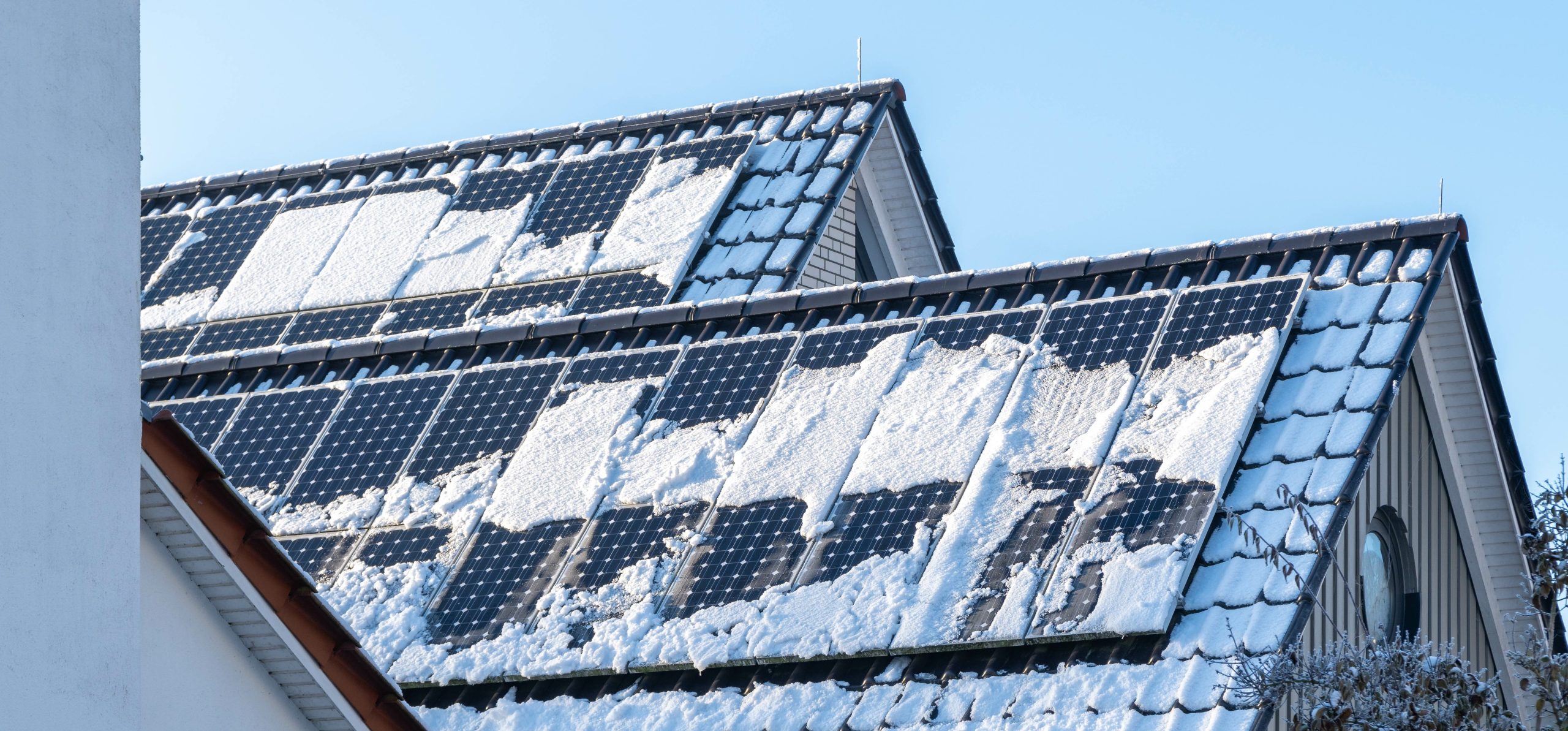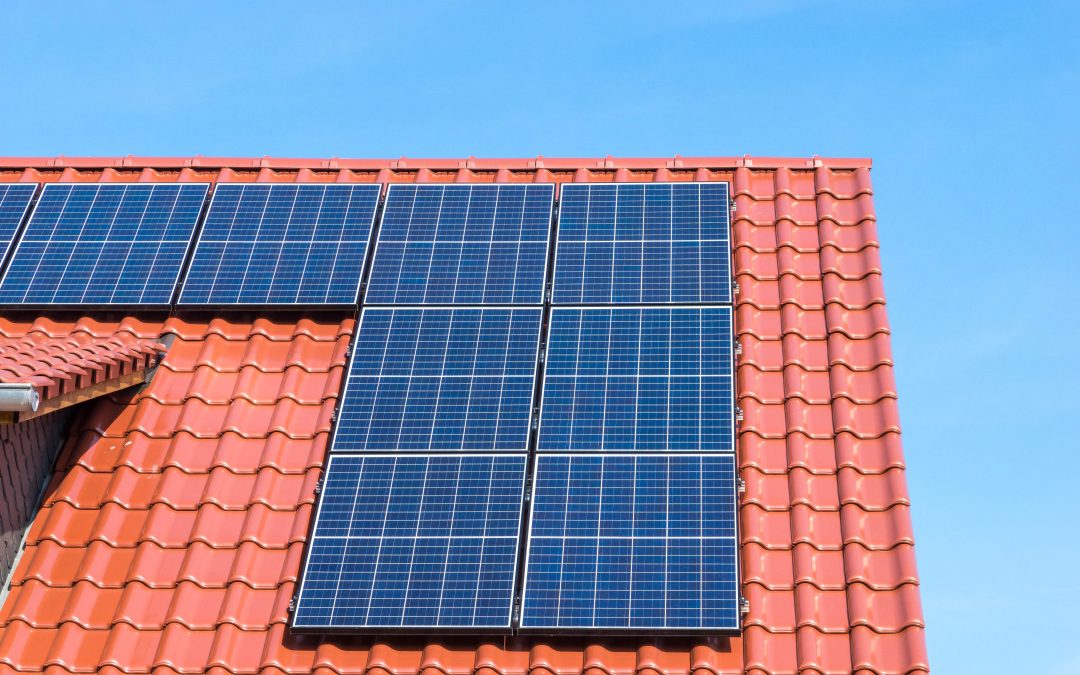The short answer is no, but here’s why.
With the increased popularity of “green energy” and “net-zero” construction, the subject of solar energy has become a hot topic. It’s an industry assumption that solar panels only require the analysis of additional dead load, but this is far from correct in almost every instance.
The rooftop panel arrays that we currently see on the market make use of a support system consisting of rails mounted to brackets that are fastened to the roof below.

Since there is no guarantee the snow will clear from the panels, designers have to assume full design snow load across the surface of the panels. When mounted, this will translate into a number of point loads where the brackets are connected to the structure below, rather than a uniform load across the roof members.
How Solar Panels Are Installed
Solar installations involve connecting solar racking systems to existing roof surfaces in a grid-based support pattern. This means that each rack connection point on an existing roof surface needs to resist a concentrated load based on the tributary area bounded by racking support points (an area which may vary by panel manufacturer). This becomes problematic for existing roof systems because they are typically designed for uniform loading on each truss with little-to-no redundancy to handle more complex loading profiles.
According to the Truss Plate Institute of Canada (TPIC) concerns with retrofitting existing truss systems for solar panels include:
- Load concentrations on the roof surface, not accounted for in the original truss design, which may lead to overloading of some trusses within the system
- Potential loss of load-sharing due to the new grid-based loading profiles on the roof surface, decreasing the strength and overall performance of the trusses
- Additional weight of the solar panel systems (typically 5.0 PSF) not accounted for in the original truss designs (which are typically designed to maximum limits, with no redundancy for additional loads)
- Possible wind load considerations and adverse effects on the roof system due to wind interacting with the solar panel assemblies
- Rack connections to the roof structural elements may be case-specific and generic details may not always be acceptable.
In Conclusion
Installing solar panels on existing roof trusses without professional review could result in lower performance of the roof system causing safety concerns for the occupants of the building.
Don’t prioritize solar panels over the safety of your structure and always consult a professional before installing solar panels.
ADDITIONAL RESOURCES
Western Wood Truss Association of Alberta
Position Statement – Solar Panel Installation on Wood Roof Trusses
Truss Plate Institute of Canada
Position Regarding Solar Panel Installations on Existing Roofs
Truss Plate Institute of Canada
Solar Ready Truss Design Process

